7 Genius Ways to Style a Standalone Kitchen Island for Family-Friendly Living
If you're juggling the chaos of family life and still want your kitchen to look like it came out of a design magazine, you've probably wondered how to make that standalone kitchen island work *for* you — not against you. Spoiler alert: It can be done! In this guide, we’ll walk you through 7 practical yet stylish ways to turn your standalone kitchen island into the heart of your home without sacrificing sanity (or style).
Table of Contents
- #1: Choose the Right Size & Shape for Your Space
- Add Multi-Functional Storage Solutions
- Make It Kid-Friendly with Smart Design Details
- Incorporate Seating Without Cramping Your Style
- Use Stylish Yet Durable Materials
- Accessorize Strategically for Practicality + Personality
- Light It Up: The Right Lighting Makes All the Difference
- Buying Guide: What to Look for in a Standalone Kitchen Island
- Conclusion: Your Island Can Be Both Beautiful and Functional
#1: Choose the Right Size & Shape for Your Space
The golden rule of choosing a standalone kitchen island is proportion. Too big, and you’ll feel cramped; too small, and it’ll get lost in the space. Measure your kitchen carefully before purchasing.
A good rule of thumb is to leave at least 36 inches of clearance around all sides of the island for easy movement. If you plan on using it as a dining spot or prep station, 42–48 inches is ideal.
| Island Size | Kitchen Size Recommendation | Recommended Clearance |
|---|---|---|
| 36" x 48" | Small kitchens (under 100 sq ft) | 36" |
| 48" x 72" | Medium kitchens (100–150 sq ft) | 42" |
| 60" x 96" | Large kitchens (over 150 sq ft) | 48" |
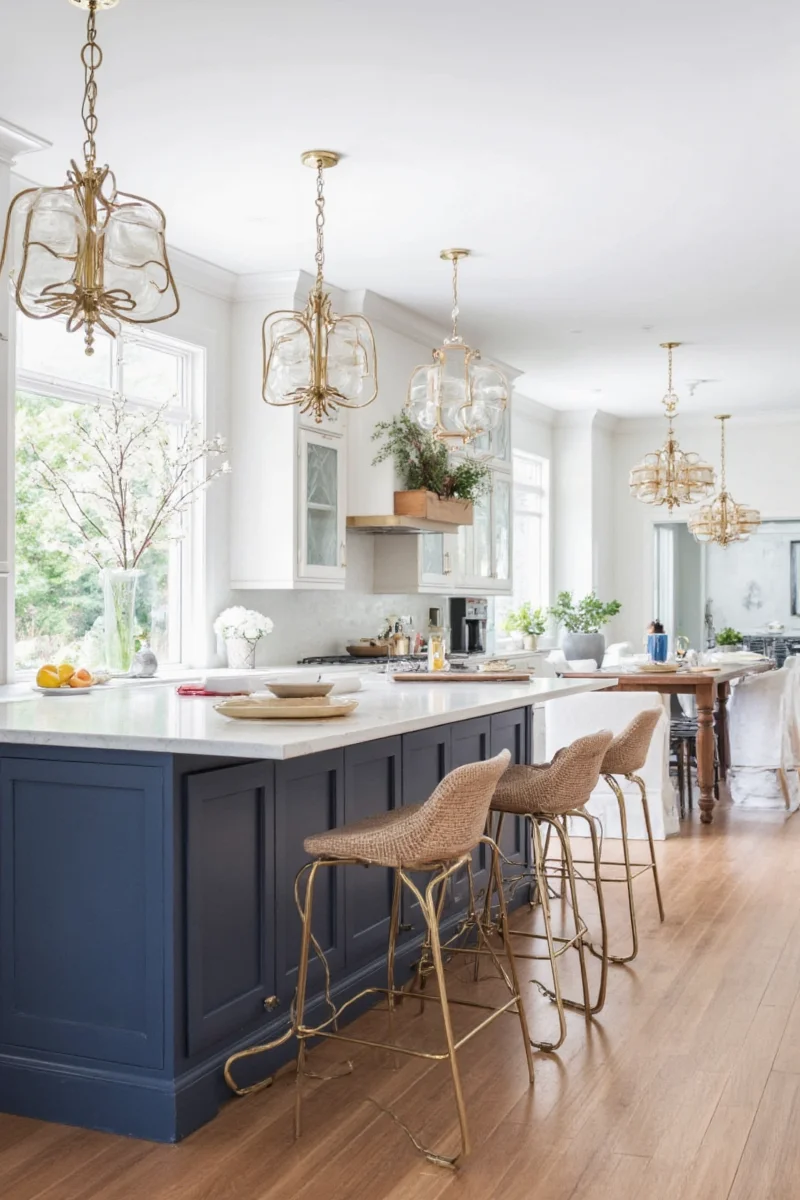
Shape Matters Too!
- Rectangular: Great for open-concept spaces and adding visual length.
- Square: Perfect for cozy breakfast nooks or compact kitchens.
- L-shaped or U-shaped: Ideal if you’re combining storage, seating, and cooking zones.
- Rounded edges: A must-have if you have little ones running around!
#2: Add Multi-Functional Storage Solutions
In a family-friendly kitchen, clutter is inevitable — but hiding it is possible! That’s where smart storage comes in handy. Look for islands with built-in shelves, drawers, and cabinets that double as both function and decor.
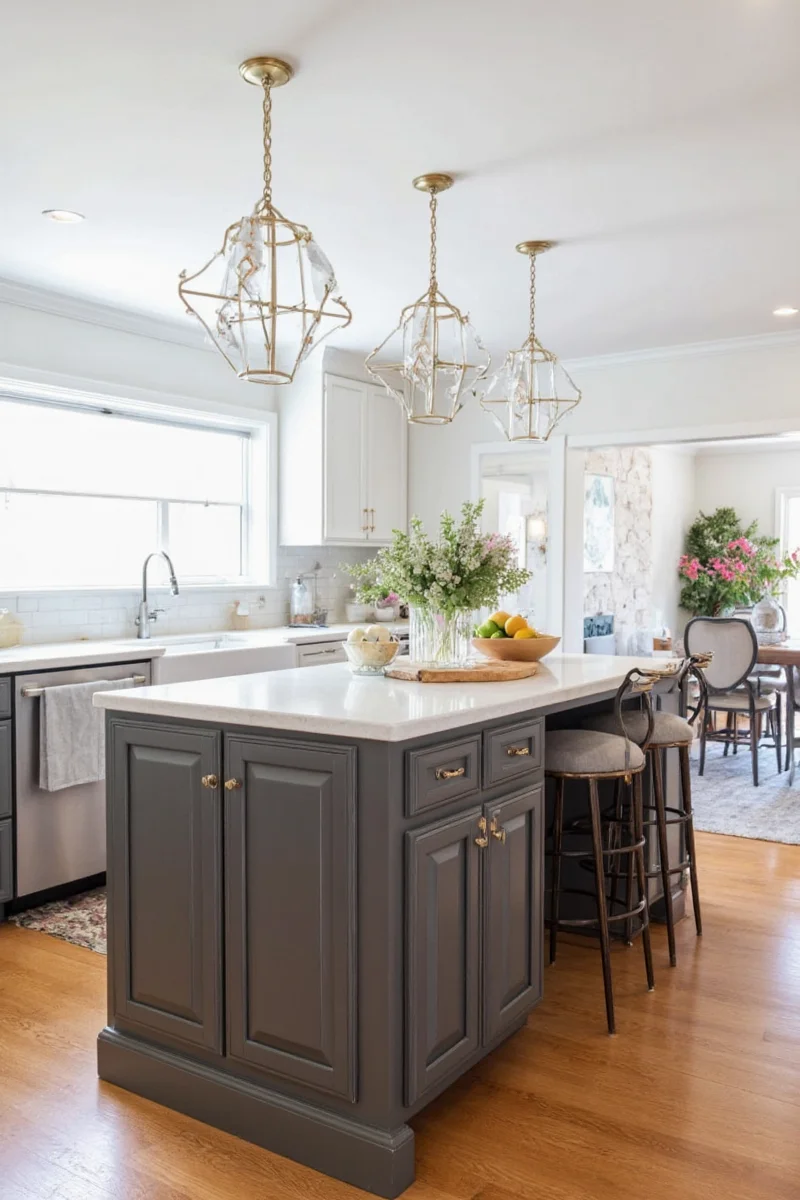
Tips for Maximizing Storage:
- Install rolling baskets or bins for easy access to pots, pans, and toys.
- Add a towel rack underneath for dish towels or aprons.
- Use vertical space by installing hooks for utensils or kids’ backpacks.
- Opt for magnetic strips for knives and tools — they save drawer space and add a modern touch.
#3: Make It Kid-Friendly with Smart Design Details
If your kitchen doubles as a homework zone, snack bar, or drawing table (thanks, crayon art), here are some genius ideas to keep your standalone kitchen island kid-safe and mess-manageable:
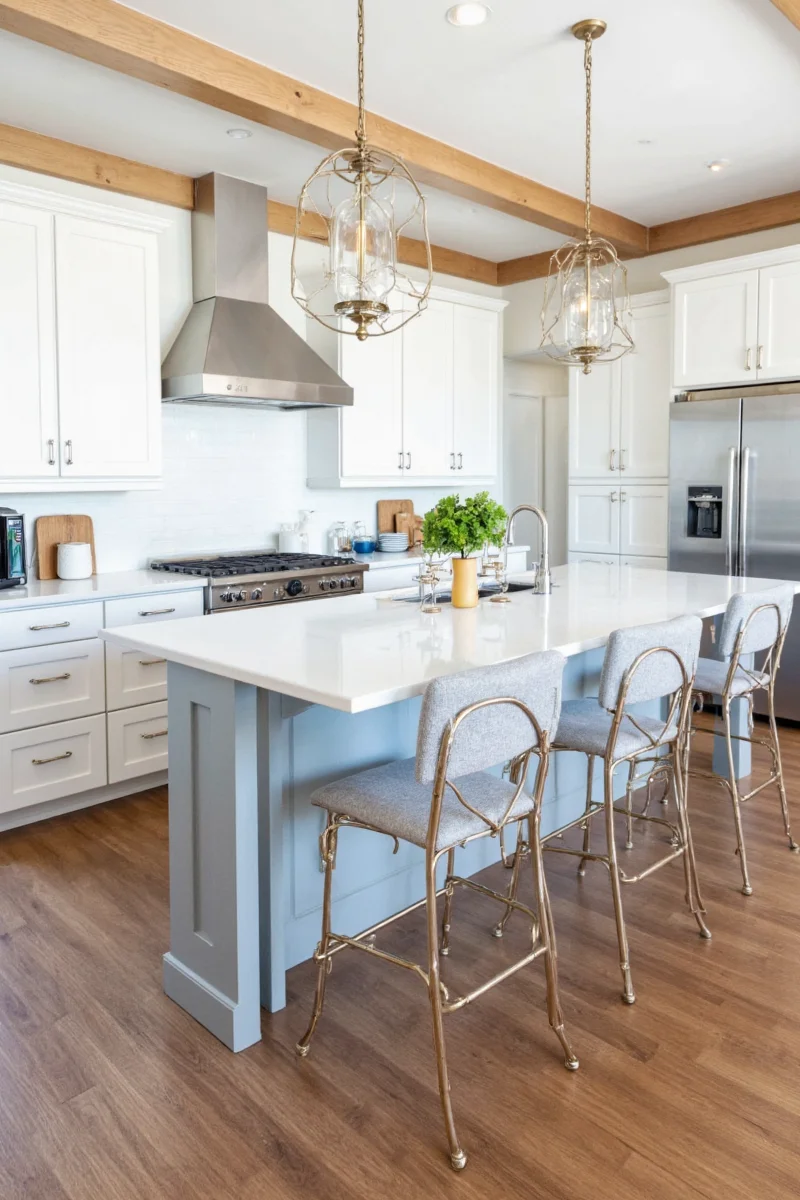
- Rounded Corners: Avoid those painful bumps with soft-edged islands.
- Scratch-Resistant Countertops: Quartz or porcelain surfaces are nearly indestructible.
- Dishwasher-Safe Surfaces: Yes, you read that right. Some islands come with removable cutting boards or trays that go straight into the dishwasher.
- Magnetic Whiteboard Panels: Let the kids write their daily grocery list… or just doodle.
- Hidden Toy Storage: Pull-out drawers or under-island cubbies are lifesavers.
#4: Incorporate Seating Without Cramping Your Style
Whether it's for quick bites, after-school snacks, or late-night chats over wine, having comfortable seating around your island makes it feel more connected and inviting.
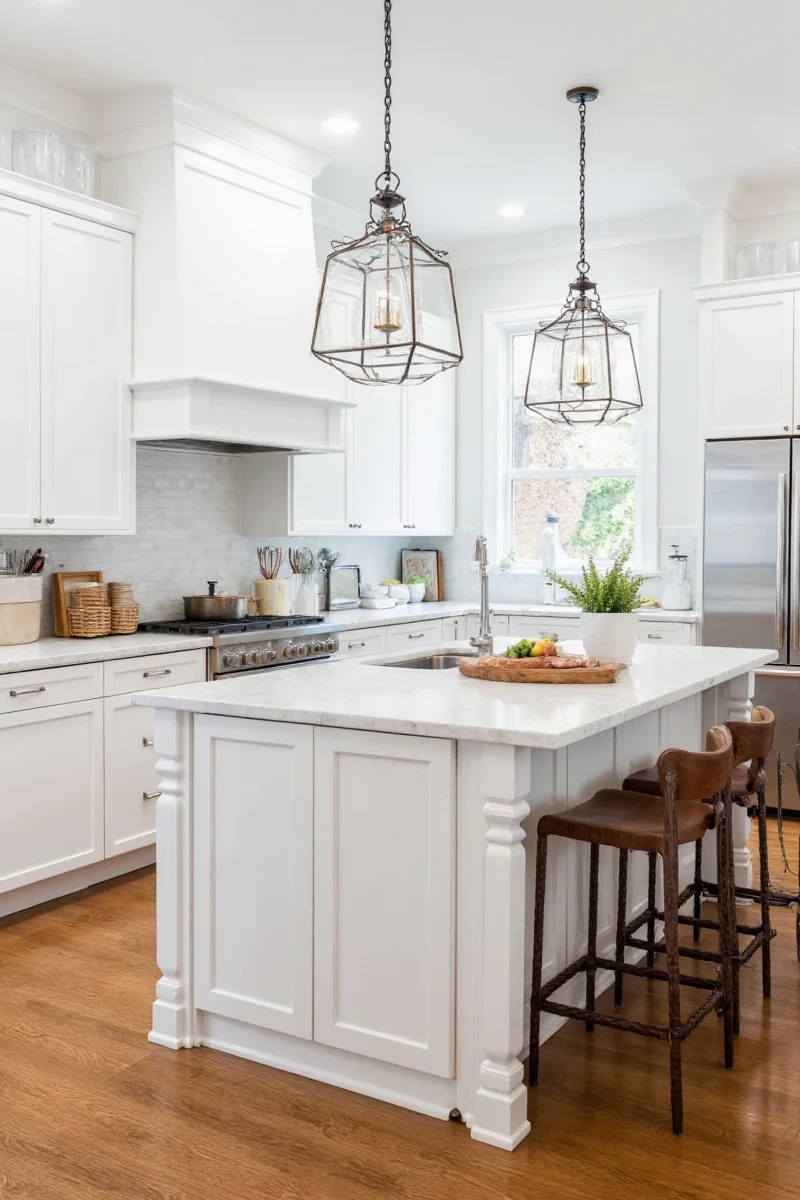
Top Tips for Choosing Seating:
- Bar Stools vs. Counter Stools: Bar stools are typically 30” high for a 42” island; counter stools are 24” for 36” countertops.
- Swivel Seats: Kids (and adults) love them for easy turning and spinning.
- Cushioned Seats: Comfort = more time spent lingering.
- Stackable Options: Save space when not in use.
- Farmhouse Charm: Wooden stools with X-back designs give rustic flair.
#5: Use Stylish Yet Durable Materials
Kids spill. Pets jump. Life happens. So while marble might look dreamy, it’s probably not practical unless you’ve got a full-time cleaner (we envy you).
| Material | Pros | Cons |
|---|---|---|
| Quartz | Non-porous, stain-resistant, low maintenance | Higher price point |
| Porcelain Slabs | Scratch-resistant, heatproof, UV stable | Can chip if heavy objects drop |
| Butcher Block | Warm, organic look; self-healing from knife marks | Requires regular oiling and sealing |
| Laminate | Budget-friendly, easy to clean | Less luxurious appearance |
Pro Tip:
Consider a waterfall edge design. Not only does it look sleek, but it also hides wear and tear better than a standard overhang.
#6: Accessorize Strategically for Practicality + Personality
Accessories aren’t just decorative fluff — they can be functional and fun. Here’s how to deck out your standalone kitchen island without going overboard:
- Chalkboard Labels: For spice jars, toy boxes, or even fridge notes.
- Hanging Planters: Herbs or air plants that don’t need much care? Win-win.
- Colorful Trays: Keep essentials like napkins, remotes, or school supplies organized.
- Coasters with Humor: “Spill Happens” never gets old.
- Personal Touches: Framed family photos or DIY art from the kids (bonus points if it’s protected behind glass).
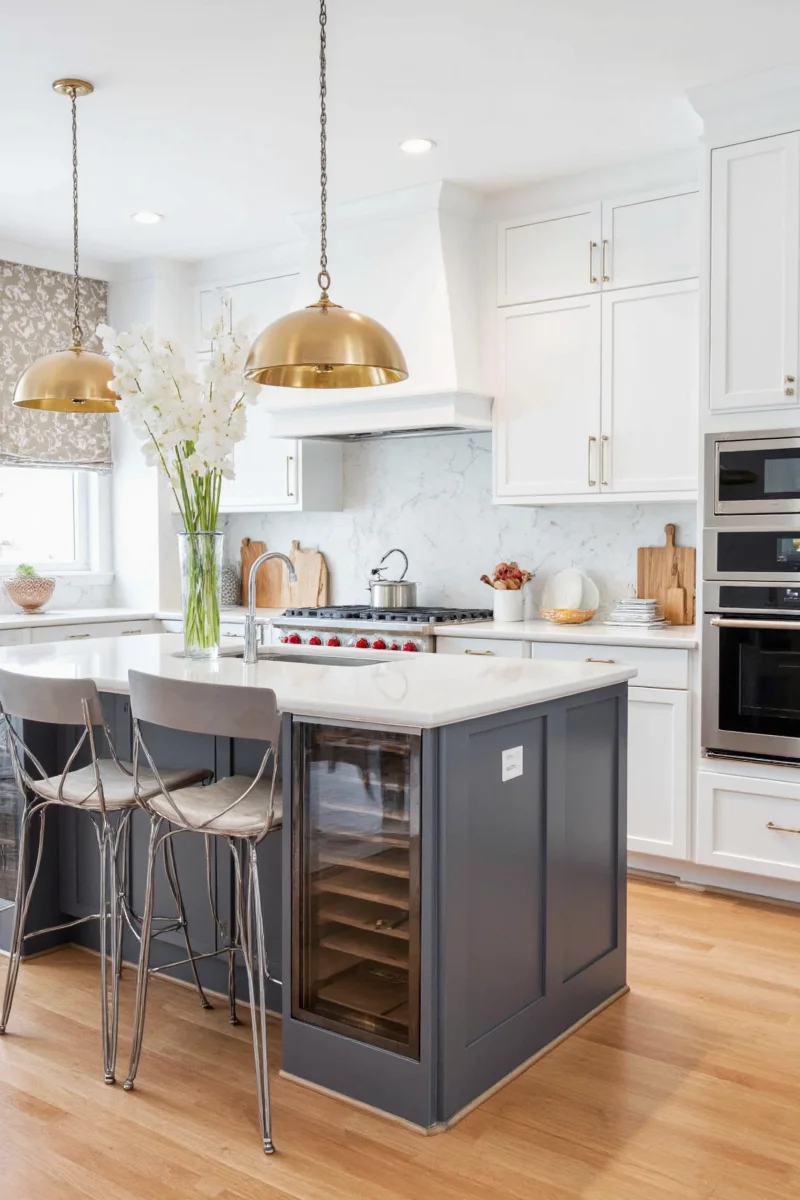
#7: Light It Up: The Right Lighting Makes All the Difference
No one wants to stare into a blinding chandelier or fumble around in shadowy corners. Proper lighting enhances both mood and functionality.
- Pendant Lights: Go for adjustable heights or dimmable options.
- Recessed Lighting: Under-cabinet lights can brighten up your workspace without harsh glare.
- LED Strips: Modern and energy-efficient — great for nighttime snacking.
- Style Tip: Mix metals or textures for contrast. Brass pendants over wood finishes = instant charm.
Buying Guide: What to Look for in a Standalone Kitchen Island
Ready to shop for your dream standalone kitchen island? Here’s what to look for based on your needs:
1. Material & Durability
- Wooden frames: Classic and customizable, but may require refinishing over time.
- Metal legs: Industrial chic, super sturdy, and easy to wipe down.
- Stone or composite tops: Long-lasting and easy to clean — ideal for messy eaters.
2. Functionality Features
- Rolling wheels: Mobility is key, especially for cleaning or rearranging.
- Adjustable height: Perfect for multi-use scenarios — dining, cooking, crafting.
- Integrated outlets: Charge devices, plug in appliances — super convenient.
3. Aesthetic Appeal
- Color: Neutral tones (white, gray, black) are timeless; bold colors add personality.
- Finish: Matte vs. glossy depends on your overall design vibe.
- Hardware: Drawer pulls, handles, and accents can elevate your island from basic to boutique.
4. Budget Considerations
- Budget ($200–$500): Look for ready-to-assemble models with laminate tops and wooden frames.
- Moderate ($500–$1,200): Solid wood with metal legs and quartz countertops.
- Designer ($1,200+): Custom-built with integrated appliances, premium materials, and smart tech features.
Best Models to Consider
| Model Name | Key Features | Price Range | Best For |
|---|---|---|---|
| Ikea Godmorgon Island | Modular design, multiple color options, easy assembly | $350–$600 | First-time parents and budget shoppers |
| West Elm Modular Kitchen Cart | Modern design, butcher block top, casters | $750–$900 | Young families and urban dwellers |
| Hooker Furniture Ledge Island | Industrial legs, ample storage, quartz surface | $1,200+ | Professional chefs and design lovers |
When to Buy?
- Back-to-School Season (August–September): Home goods sales abound.
- Black Friday/Cyber Monday: Deep discounts on premium models.
- New Year Sales: Refresh your kitchen post-holiday season.
- After Major Holidays: Retailers clear inventory, so stock up after Christmas or Easter.
Conclusion: Your Island Can Be Both Beautiful and Functional
A standalone kitchen island doesn’t have to be just a pretty centerpiece — it can be your command center, breakfast nook, homework station, and cocktail bar all in one. With the right balance of form and function, your kitchen island will become the most-loved piece in your home.
So whether you're prepping dinner while your toddler draws masterpieces or hosting friends over charcuterie, your island should reflect your lifestyle — not just your aesthetic.
Now go forth, measure twice, and build a kitchen that works *for* your family, not against it.
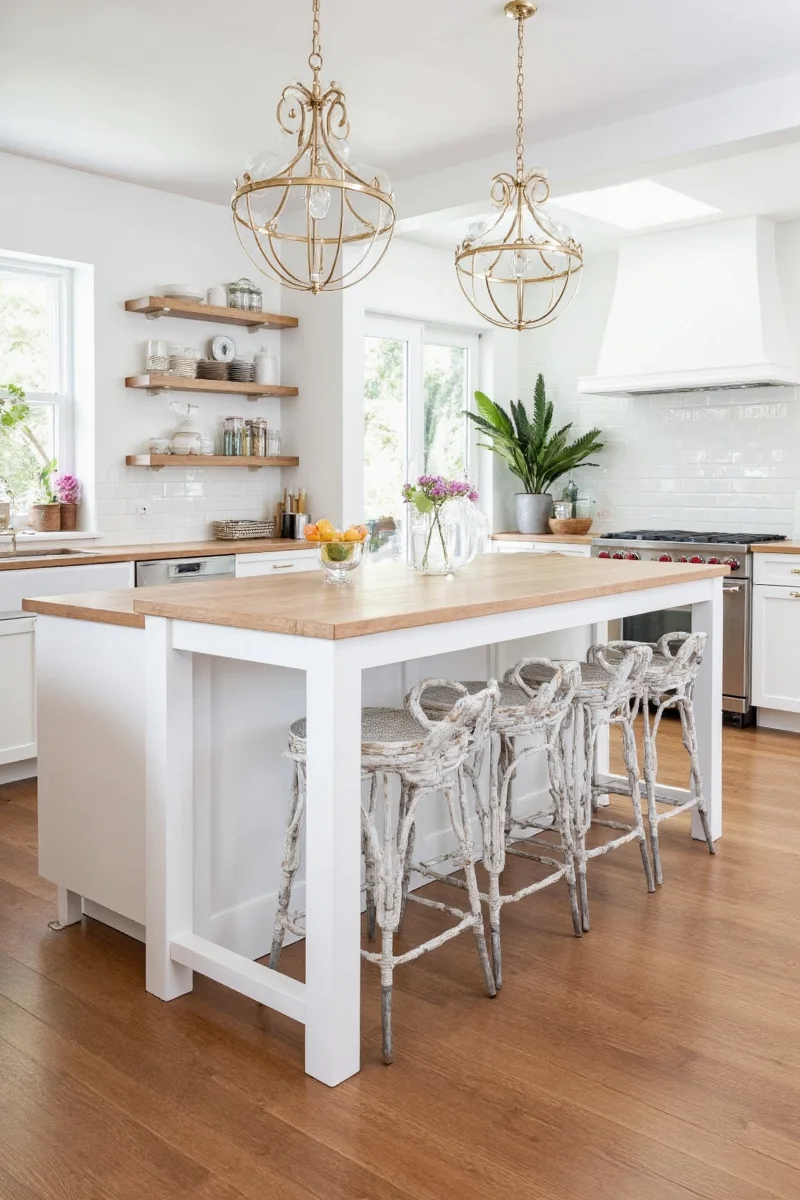

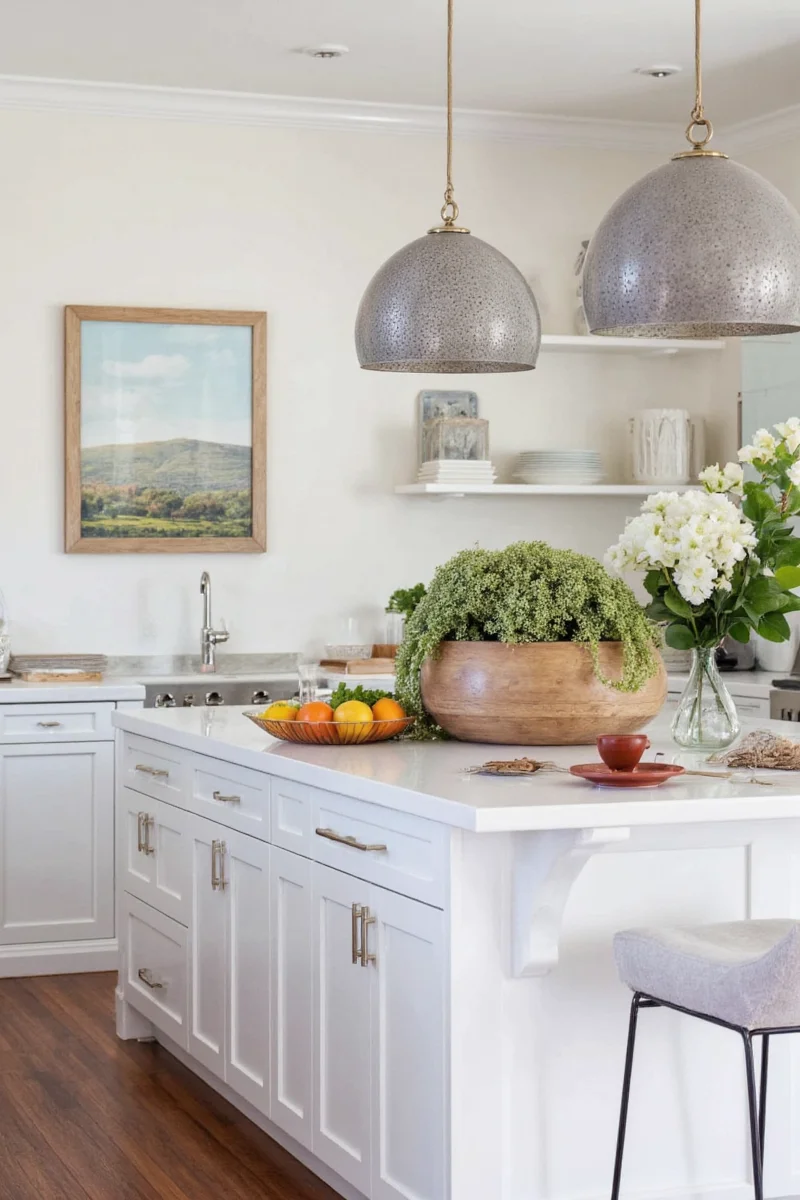









 浙公网安备
33010002000092号
浙公网安备
33010002000092号 浙B2-20120091-4
浙B2-20120091-4